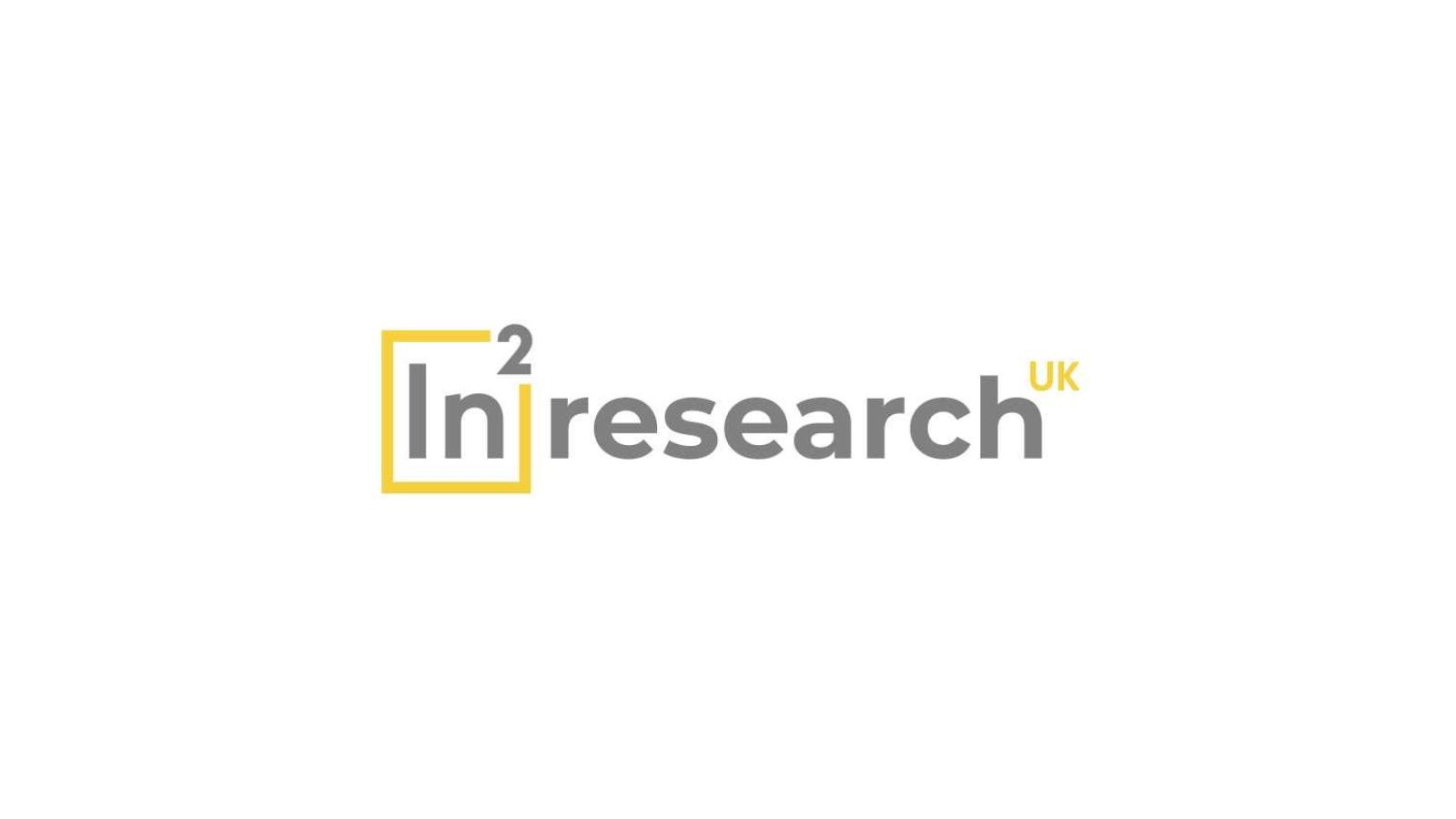Aicha Ben Taher is an undergraduate student at Brunel University who undertook a summer placement at the UK DRI at UCL as part of the In2Research scheme.
Here, she shares her experience for anyone else thinking about applying for an In2Research placement.
For most university students studying a STEM degree, placements and internships are an integral part of their course: helping to develop scientific skills and gain insights to inform decisions about their future career path. During the summer of the final year of my Life Science degree course, I completed an In2Research UK placement with Dr Frances Wiseman's lab at the UK DRI at UCL.
I applied to work with Dr Wiseman's group, because I was interested in the lab's aim of investigating Alzheimer's disease in individuals with Down Syndrome. My fascination with these neurological disorders stems from my previous experience working with elderly people and witnessing first-hand the decline in quality of life and the harsh reality of people living with the condition. By joining the lab, I hoped to participate in ground-breaking research to make a difference and benefit people living with these neurological disorders.
I worked with two PhD students who were really welcoming and helped me settle in quickly. My role in the team was to process different types of images prepared by the PhD students, and I was given the necessary training before I was able to process images independently. Image processing is a fundamental skill used in biology to extract information from images to provide data insights. I learnt many different image processing techniques, from image enhancement to pattern recognition.
Aicha worked closely with two PhD students during her placement
The best part of placement by far is that I interacted with unique and inspiring individuals who have encouraged me to pursue further education. I strongly recommend students with a passion for STEM to apply for an In2Research placement.Aicha Ben Taher
In one of the projects, I used my skills in image recognition to identify the protein amyloid-beta in a mouse brain model and compare the levels of the protein present in the brain of the mice at different timepoints as they aged. This was important to quantify for the study, as amyloid-beta builds up and aggregates into plaques in a brain that is affected by Alzheimer’s.
The first step was to enhance the image to ensure it was as clear as possible then I extracted the region of interest by cropping it out of the original image. I was interested in the cortex, hippocampus, and subiculum because that is where Alzheimer’s disease begins developing in the brain. Finally, I would run a specialist program to identify the plaques based on their colour. By using the program, I could semi-automate the process, as the algorithm helped me quantify the percentage area of plaques compared to the region of interest. The data obtained was used later for further analysis.
Semi-automated or automated processes are valuable when performing image analysis as they can save time. However, sometimes implementing such processes is not feasible as they do not pick up the desired result. As a result, I spent lots of time during my placement manually counting different antibodies to measure their presence in different samples. Although the manual process took longer than expected, I have now developed an appreciation for image analysis techniques.
I thoroughly enjoyed my placement! Not only was I able to develop my skills in image analysis, but I was also able to learn many life lessons which I share in another blog post. However, the best part of placement by far is that I interacted with unique and inspiring individuals who have encouraged me to pursue further education. I am really grateful to my hosts, and I strongly recommend students with a passion for STEM to apply for a placement.
To find out more about Dr Frances Wiseman’s lab, visit her UK DRI profile. If you are a student interested in applying for an In2Research placement, visit the website to find out more.
Article published: 21 November 2022
Banner image: https://in2scienceuk.org/in2re...
